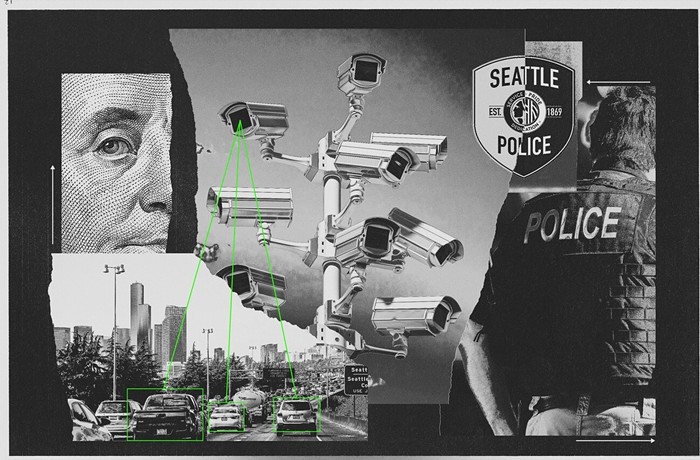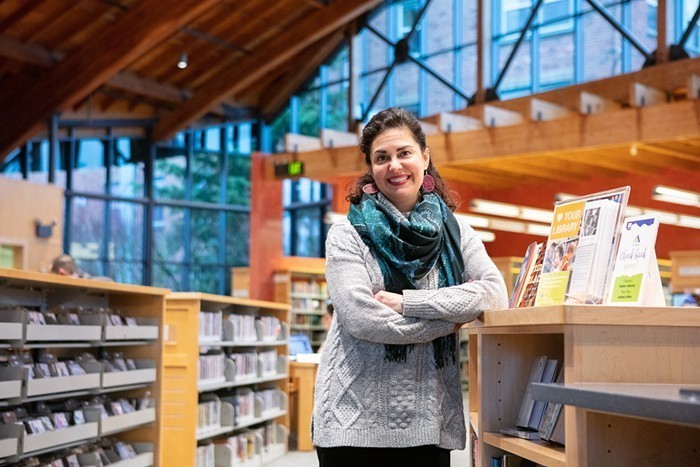Last week, a bus filled with Sound Transit supporters, agency staff, and members of the public toured the under-construction light-rail line in South Seattle. The four-year-old "Lunch Bus," conceived as a way to bring business to restaurants impacted by construction on Martin Luther King Jr. Way South, roughly paralleled the route of the light-rail line, ending up at the Rainier Restaurant at MLK and South Graham Street.
Contrary to fears that were aired when light rail was first proposed, businesses on MLK seem to be thriving—although they may not be the sort of businesses Sound Transit had in mind. Right across the street from the Rainier Restaurant, within a stone's throw of a station that Sound Transit proposed and then deferred, is a brand-new, drive-through-only Starbucks—the antithesis of the pedestrian- friendly businesses the city and Sound Transit had hoped to attract to the area.
How could a drive-through Starbucks—much less a Starbucks with two drive-through windows and no pedestrian access (for liability reasons, people can't walk in the drive-through lane)—be allowed in the "walkable town centers" the city and Sound Transit envisioned along the light-rail line? The answer goes back to station-area planning, a process that concluded in a compromise eight years ago after some Rainier Valley residents objected to plans to change the zoning around light-rail stations—especially at Graham Street, where residents reportedly didn't want to preclude a future gas station.
Under the station-area plans adopted in 2000, new car-oriented uses (like drive-through windows and gas stations) are prohibited around all light-rail stations. That would have prevented Starbucks from building its coffee stand at MLK and Graham—if the Graham Street station hadn't been "deferred" indefinitely.
The city council is currently working with neighborhoods to update neighborhood plans, first adopted in 1999, starting with the three Rainier Valley light-rail stations. Here's a suggestion: How about prohibiting auto-oriented businesses all along the light-rail route—and, in the long run, banning new businesses that cater exclusively to cars from urban areas altogether? ![]()


















